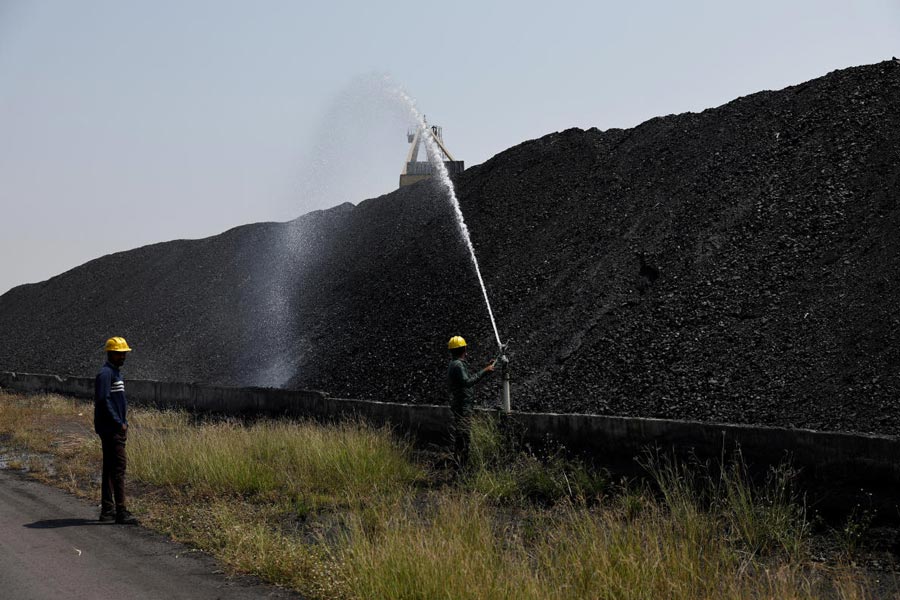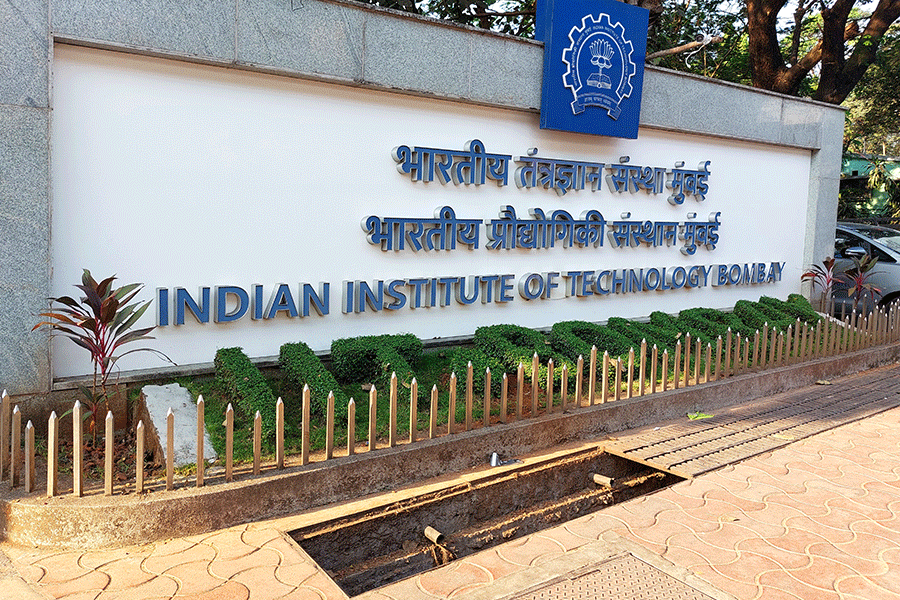 |
| Prized catch: Hilsa being sold at Sakchi fish market on Tuesday. Picture by Bhola Prasad |
Hilsa was never a common man’s pride. But now, it has become a capitalist’s envy.
The four-digit price tag on fish-fanatical Bengali’s favourite ilish has robbed Jamshedpur’s lunch plate of lip-smacking delicacies made with mouth-watering accompaniments such as shorshe (mustard) and doi (curd).
The hilsa drought this monsoon has jacked up prices in city markets to anything between Rs 1,000 and Rs 1,500 a kilogram depending on the size, turning bhapa ilish — one of the most common preparations — into a daring dream for the not-so-affluent.
A tropical fish, which breeds in the estuaries of river like Ganges, Padma (Bangladesh) and Narmada, it was a tad more affordable even during Janmashtami in the second week of August. But, the prices have skyrocketed over the past couple of days. Reasons are many — from an erratic monsoon to industrial pollution, which fish vendors say have affected the breeding of this exotic variety.
“The monsoon rain has not been proper. Breeding is always good when there is widespread rainfall and in good amount. The supply is less and so the price is soaring. I brought some 200 pieces today (Tuesday), but there are no takers. A fish that tastes so good also needs to priced reasonably so that people can buy,” conceded Balishter Kumar, a vendor at Sakchi market, where prices are considered to far less than other markets in the city.
“This year is like never before. Normally, hilsa prices soar to Rs 800. This time, it is beyond reach. Understandably, the demand has slumped miserably,” said Tarun of Santosh Fish Stall in Kadma market.
Though the vendors claim that their stock is from Padma, which boasts the best variety of hilsa that Bengalis could die for, experts believe the fish have been netted from Ganges and Narmada. A part of the supply is also from Odisha.
They said that breeding of hilsa in Rupnarayan River in Bengal, which is popularly known as Kolaghat ilish, has been affected due to pollution caused by the West Bengal Power Development Corporation Limited’s (WBPDCL) thermal power plant in Kolaghat. The dearth is taking a toll on the fries. Better known as khoka ilish, they are also being netted and sold between Rs 600 and Rs 800.
The common man’s ilish dream has certainly been shattered. “I was filled with hope when the prices came down to Rs 800 a kg. I had planned to buy the fish once the rates dropped further, but then it soared all of a sudden. It seems the year will pass by without our traditional ilish lunch. We have to be satisfied with katla and rohu, available at around Rs 160 a kg,” said Suresh Das, a retired Tata Steel employee.
Hotels and restaurants too have been hit by the hilsa drought.
Hotel Smita, which normally hosts a Bengali food festival with ilish as star attraction at this time of the year, has shelved plans.
“The festive platter will cost a fortune. The high prices can also result in abundance of lesser varieties such as the Chandrani breed in the market,” said S. Nandy, the kitchen in-charge of Hotel Smita.
The Sonnet, on the other hand, is serving hilsa only on standing order (a day in advance) and bought the fish for Rs 1,200 a kg on Monday.










